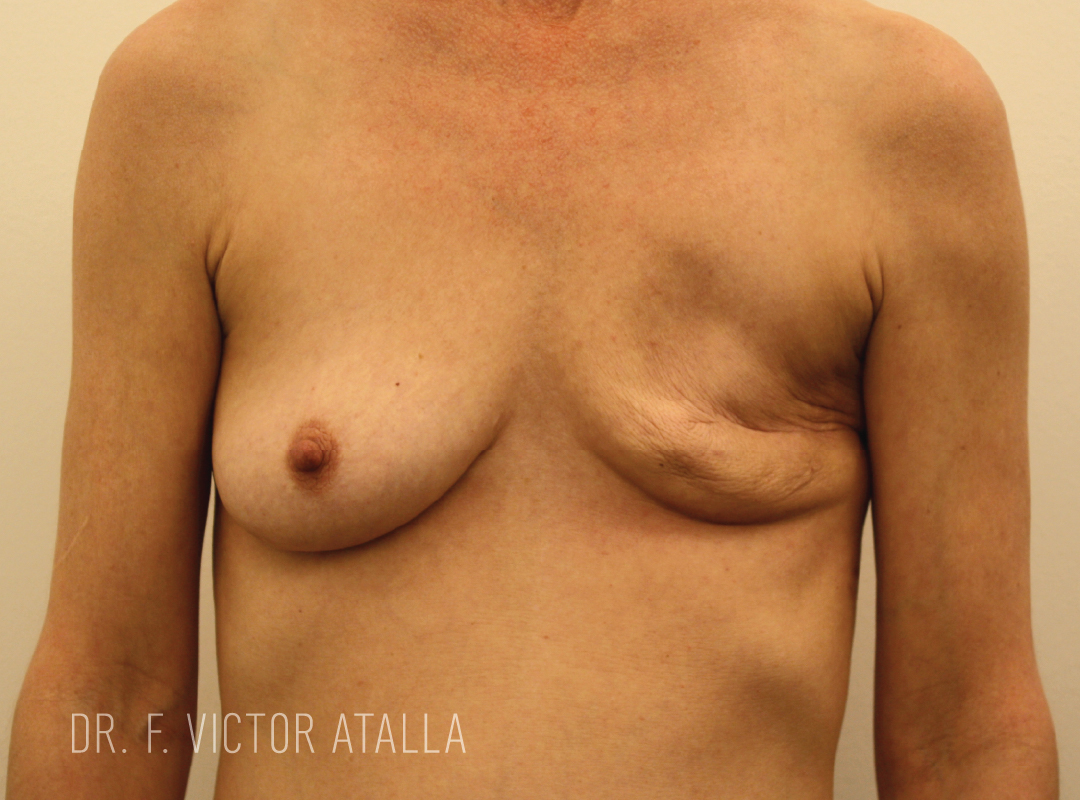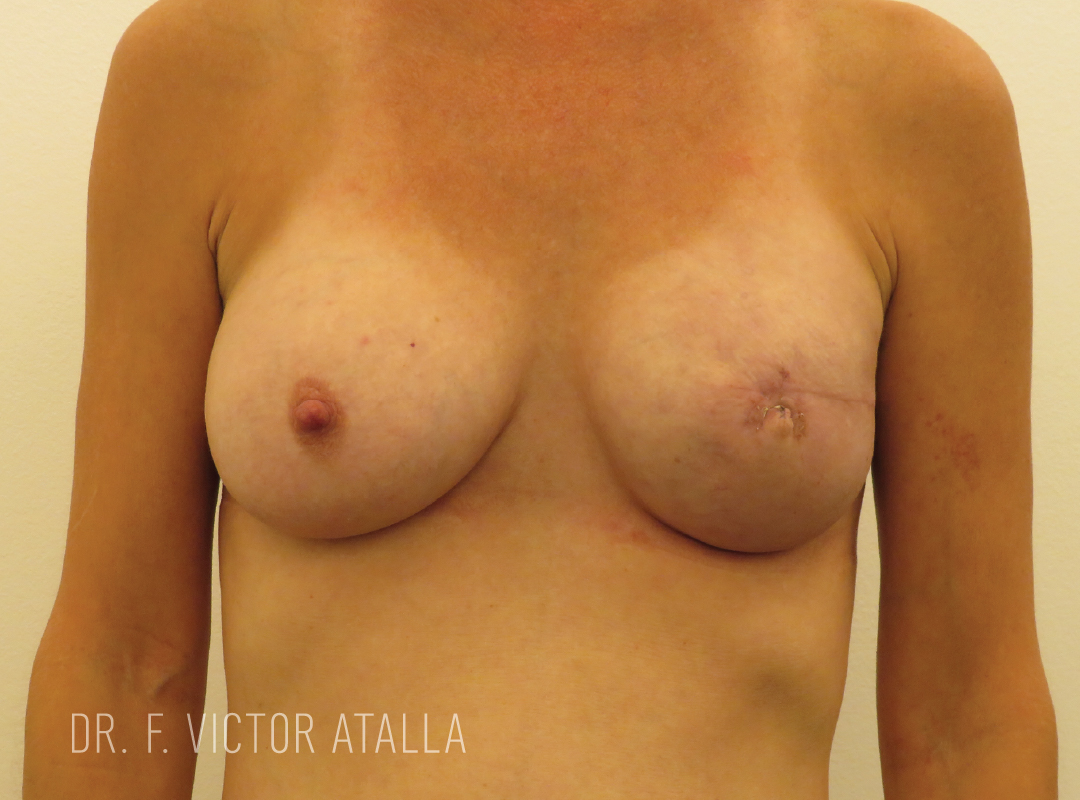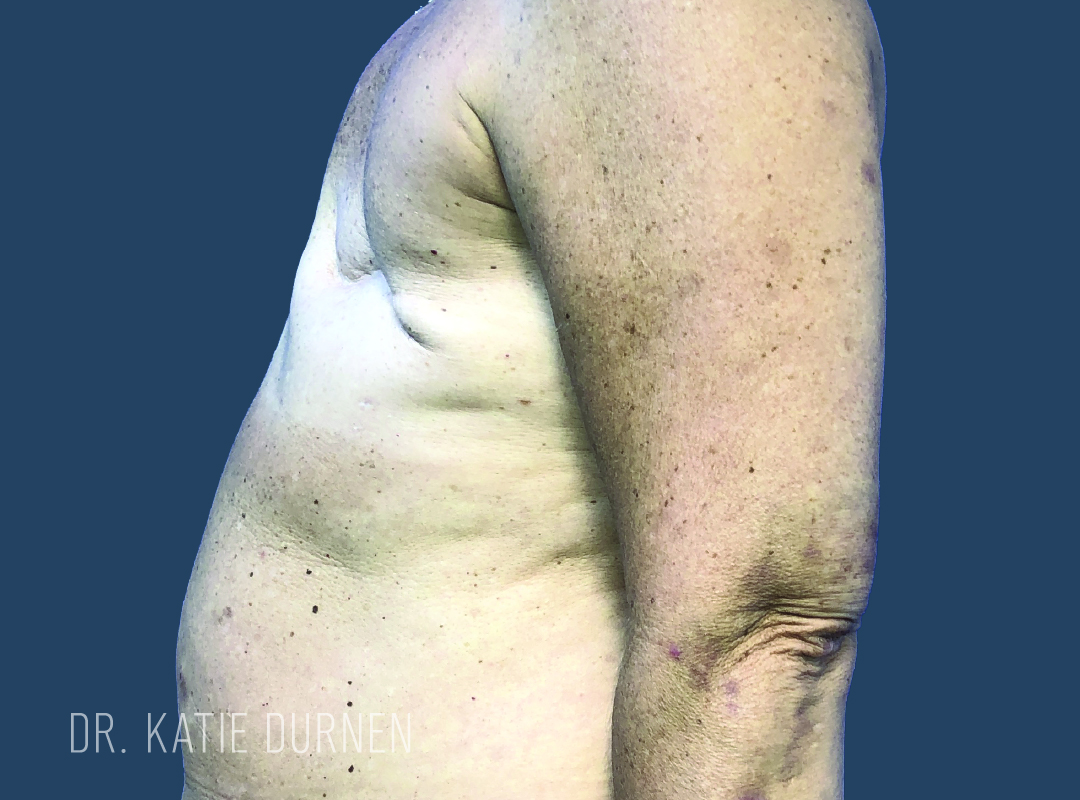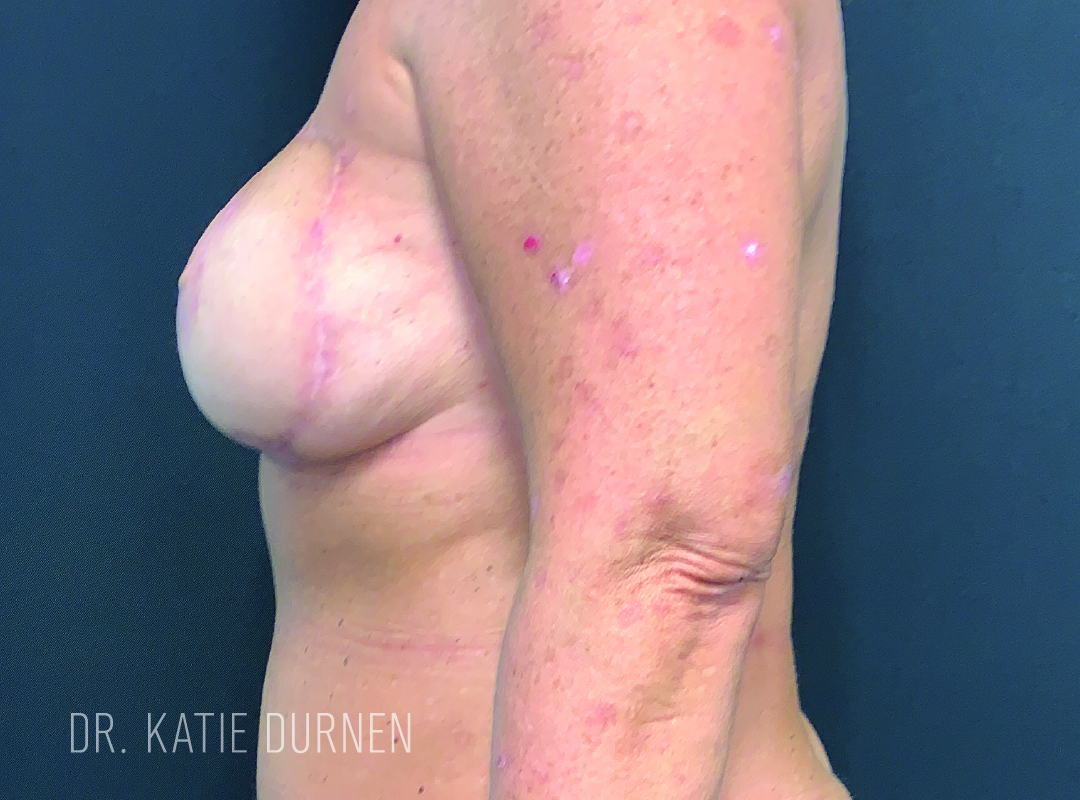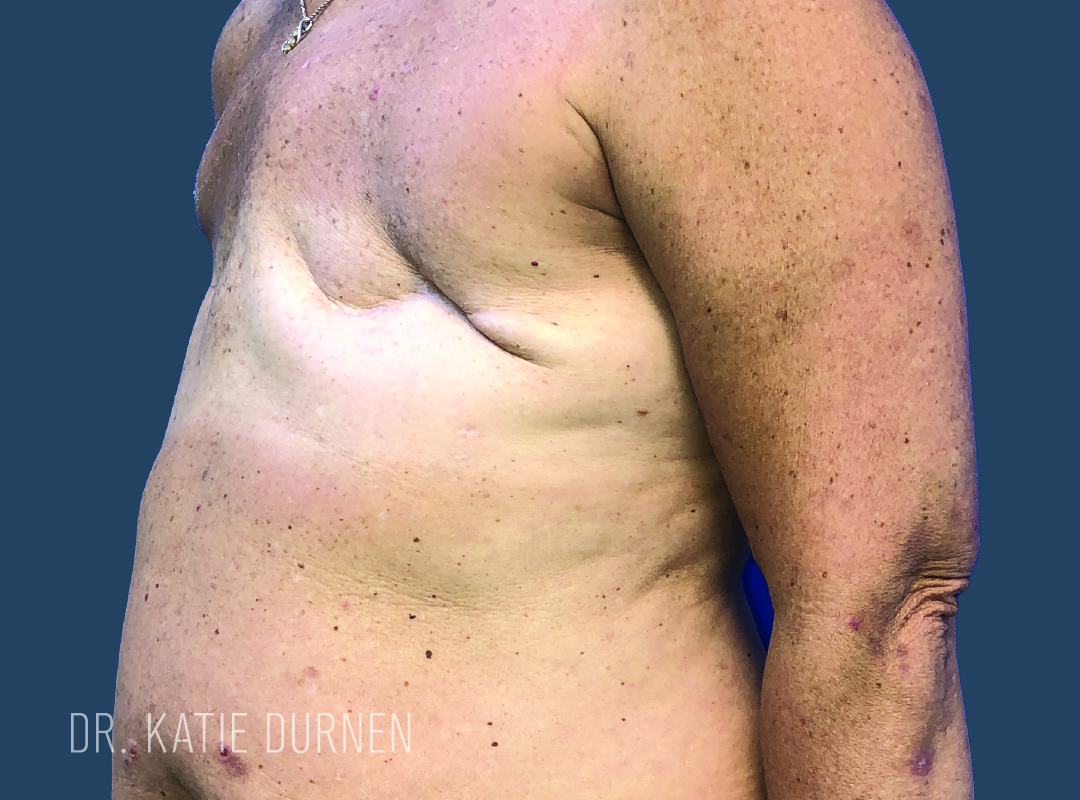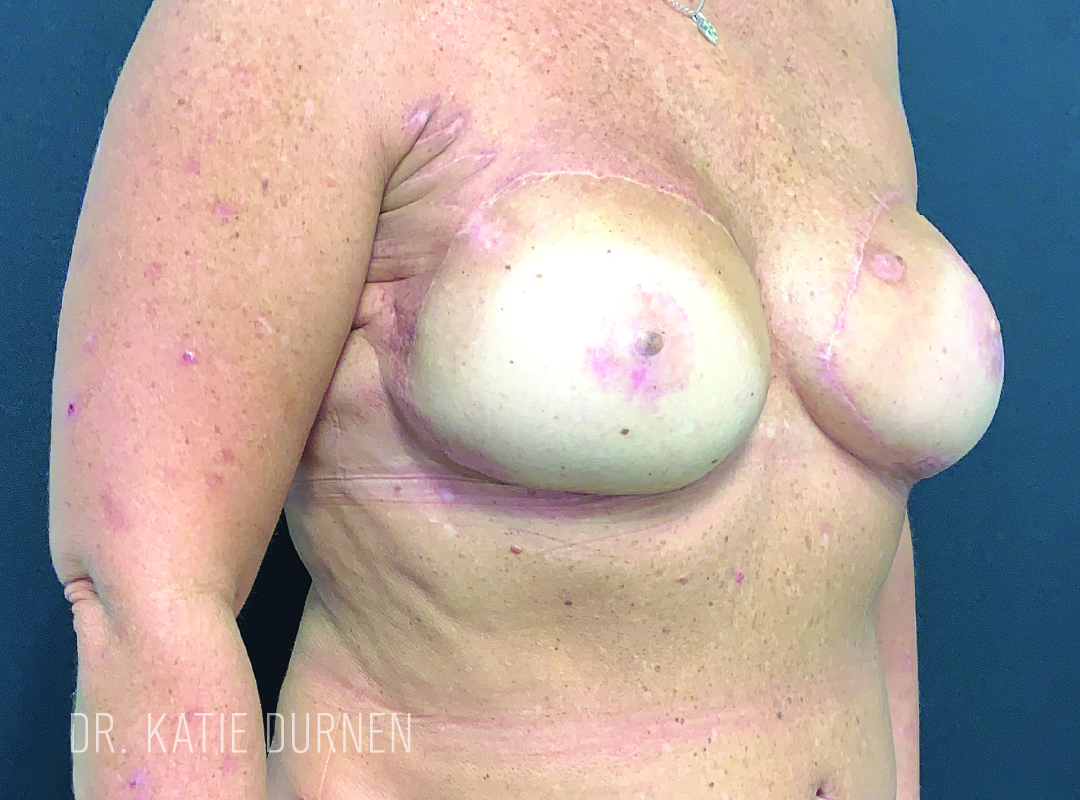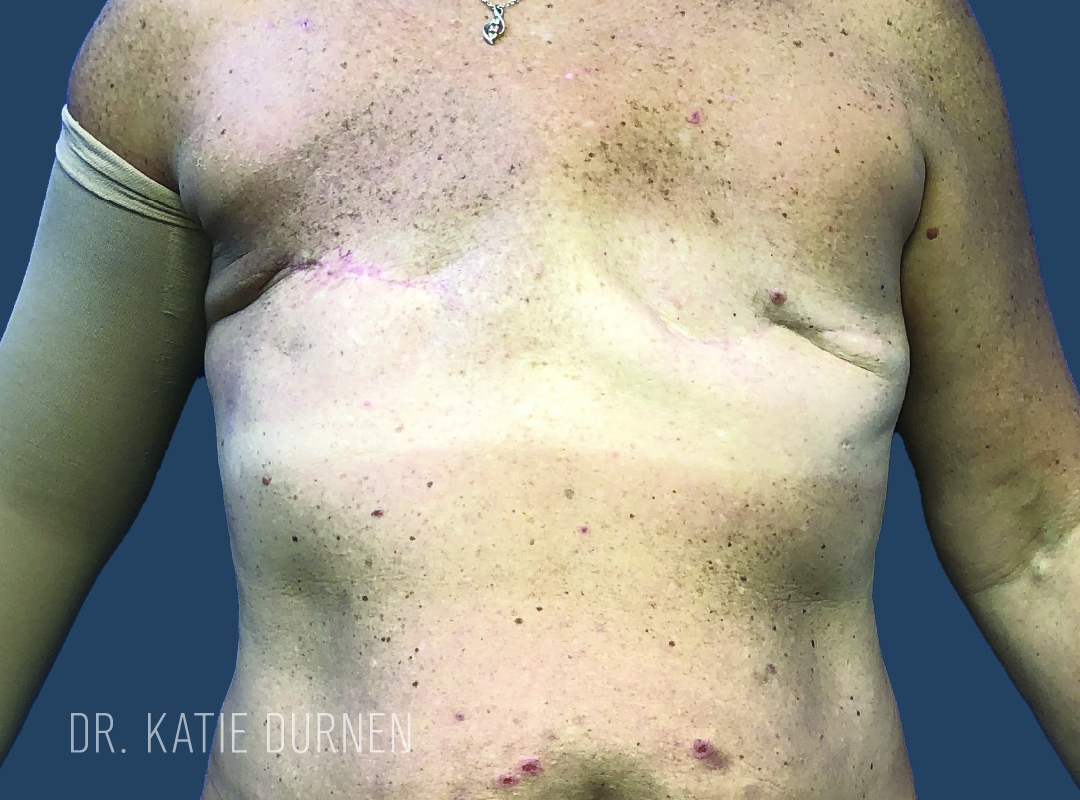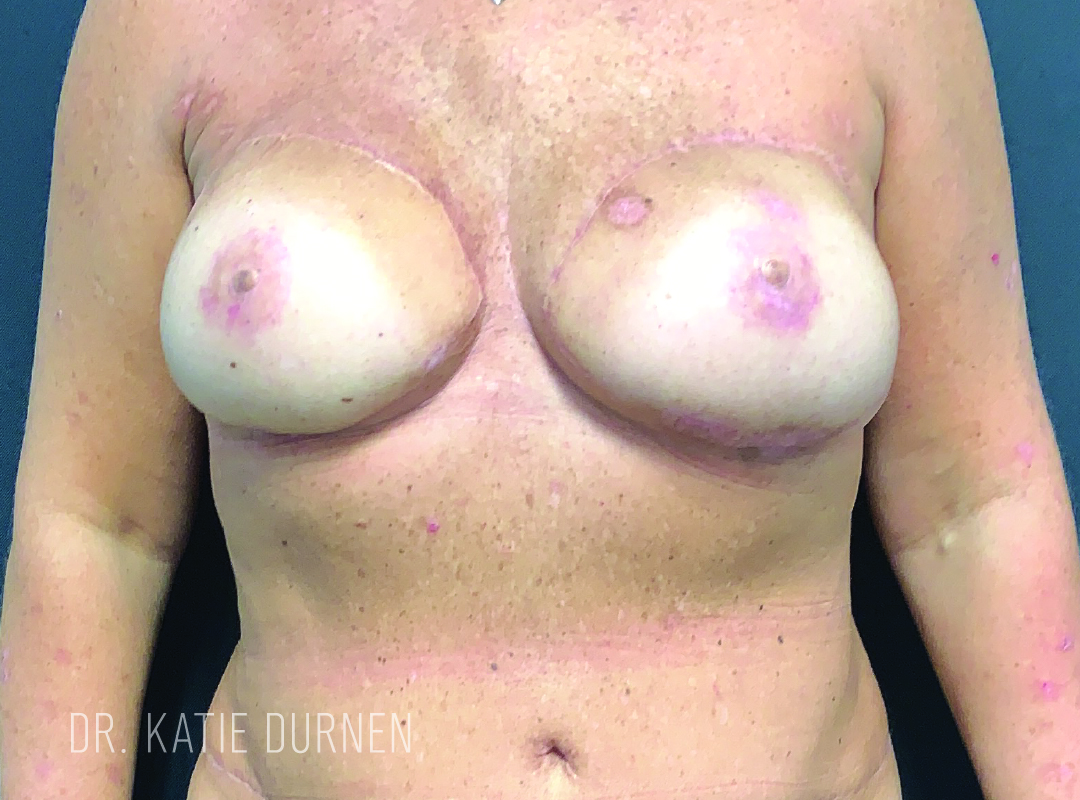
breast
reconstruction
What is Breast Reconstruction?
Breast reconstruction is a surgical procedure to restore the shape and appearance of the breast following a mastectomy or lumpectomy. This transformative surgery helps women regain confidence after breast cancer treatment. At Atalla Plastic Surgery, we offer a variety of advanced techniques tailored to each patient’s unique needs and goals.
Who is a Good Candidate for Breast Reconstruction?
Good candidates for breast reconstruction include women who have undergone or are planning a mastectomy or lumpectomy. Candidates should have good overall health and realistic expectations for the procedure. Whether performed immediately or delayed, reconstruction is customized to fit each patient’s preferences and medical needs.
Breast Reconstruction Using Implants
Breast implants are a popular option for breast reconstruction, offering a straightforward and effective way to recreate the breast’s shape and volume. At Atalla Plastic Surgery, we utilize both saline and silicone implants to achieve natural-looking results. Depending on the patient's treatment plan, implant-based reconstruction may be performed immediately or in stages.
Immediate Reconstruction Above the Pectoral Muscle
This technique involves placing the implant above the chest muscle immediately following a mastectomy. This method reduces recovery time and muscle-related discomfort, providing a more natural breast contour.
Immediate Reconstruction Below the Pectoral Muscle
This approach places the implant beneath the chest muscle during the initial surgery. This technique offers additional support and coverage, which may benefit certain patients.
Delayed Tissue Expansion
Delayed reconstruction involves gradually expanding the skin and tissue to accommodate an implant. A tissue expander is placed and slowly filled with saline until the desired size is reached, followed by the placement of the permanent implant.
Immediate Tissue Expansion
This approach involves placing the tissue expander during the mastectomy, reducing the number of surgeries needed. Once the expansion is complete, the expander is replaced with the final implant.
Breast Reconstruction Using Flap Procedures
Flap procedures involve using the patient’s tissue from another part of the body to reconstruct the breast. These techniques often provide more natural-looking results and are ideal for patients who prefer to avoid implants.
Abdominal Flaps
Pedicled TRAM Flap
This technique uses muscle, fat, and skin from the lower abdomen, keeping the tissue connected to its blood supply.
Free TRAM Flap
The free TRAM flap is similar to the pedicled TRAM flap, but the tissue is completely detached and reattached using microsurgery for greater flexibility in shaping the breast.
DIEP Flap
This flap uses fat and skin from the abdomen while sparing the abdominal muscles, reducing post-operative discomfort and preserving core strength.
SIEA Flap
This method is similar to the DIEP flap but uses different blood vessels. It is less commonly performed due to limited vascular availability in some patients.
Thigh Flaps
TUG Flap (Transverse Upper Gracilis Flap)
The TUG flap technique uses tissue from the inner thigh to reconstruct the breast, offering a good option for smaller breast reconstruction.
VUG Flap (Vertical Upper Gracilis Flap)
This flap uses vertically oriented thigh tissue to create the breast mound.
DUG Flap (Diagonal Upper Gracilis Flap)
A variation of the TUG flap that uses diagonally oriented thigh tissue for reconstruction.
Gluteal Flaps
SGAP Flap (Superior Gluteal Artery Perforator Flap)
The SGAP flap utilizes tissue from the upper buttocks, sparing the muscles for reconstruction.
IGAP Flap (Inferior Gluteal Artery Perforator Flap)
This technique takes tissue from the lower buttocks to reconstruct the breast, which is ideal for patients without adequate abdominal tissue.
Breast Reconstruction Alternatives
Alternatives to traditional reconstruction include prosthetics, aesthetic flat closure, or fat grafting to enhance contour. These options may suit patients who prefer less invasive or non-surgical methods.
Preparing for Breast Reconstruction
Preparing for breast reconstruction involves a thorough consultation and review of your medical history. Your surgeon will discuss your options, assess your goals, and develop a personalized plan based on your needs. Following pre-operative instructions, such as adjusting medications and avoiding smoking, is critical for a smooth recovery.
The Breast Reconstruction Procedure
The procedure will vary based on the chosen technique and whether it is performed immediately or delayed. Depending on the complexity, surgery may last several hours and may involve advanced microsurgery to reconnect blood vessels in flap procedures.
Recovering from Breast Reconstruction
Recovery times depend on the reconstruction method. Implant-based techniques generally involve shorter recovery periods, while flap procedures may require a longer healing time. For optimal results, patients should follow their surgeon’s instructions regarding activity restrictions and attend follow-up appointments.
Final Results of Breast Reconstruction
Final results become visible as swelling subsides and tissues heal, typically within six months to a year. The reconstructed breast will restore symmetry and natural contours, helping patients feel confident.
What to Expect During a Breast Reconstruction Consultation
During your consultation at Atalla Plastic Surgery, your surgeon will review your medical history, evaluate your anatomy, and discuss your goals. You will learn about the different reconstruction options and receive personalized recommendations to help you make an informed decision.
What are the different types of breast reconstruction available?
How soon after a mastectomy can breast reconstruction be performed?
What is the recovery process like for breast reconstruction surgery?
Will breast reconstruction affect my ability to detect breast cancer in the future?
Can breast reconstruction restore sensation to the breast?
Breast Reconstruction Testimonials
breast reconstruction gallery:

